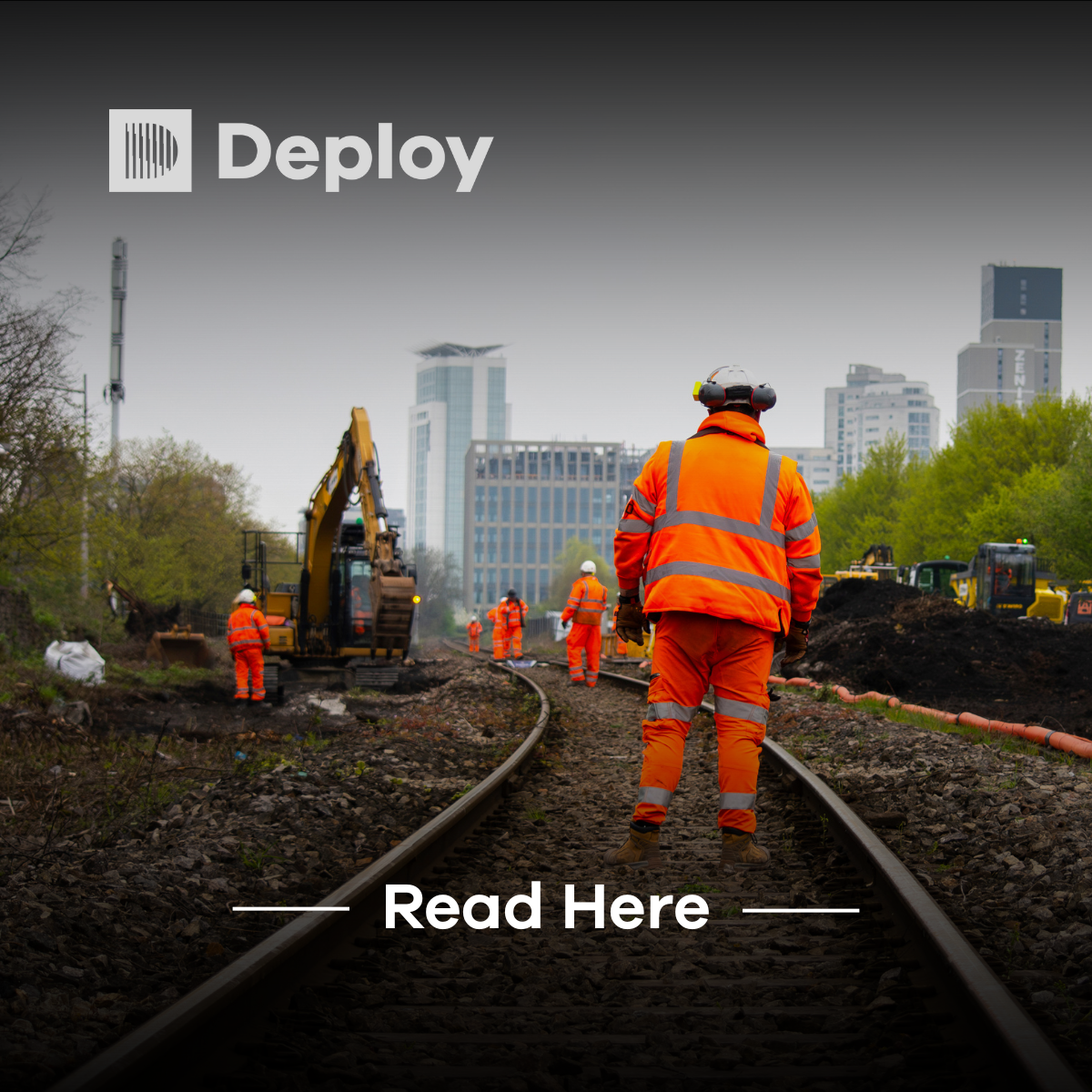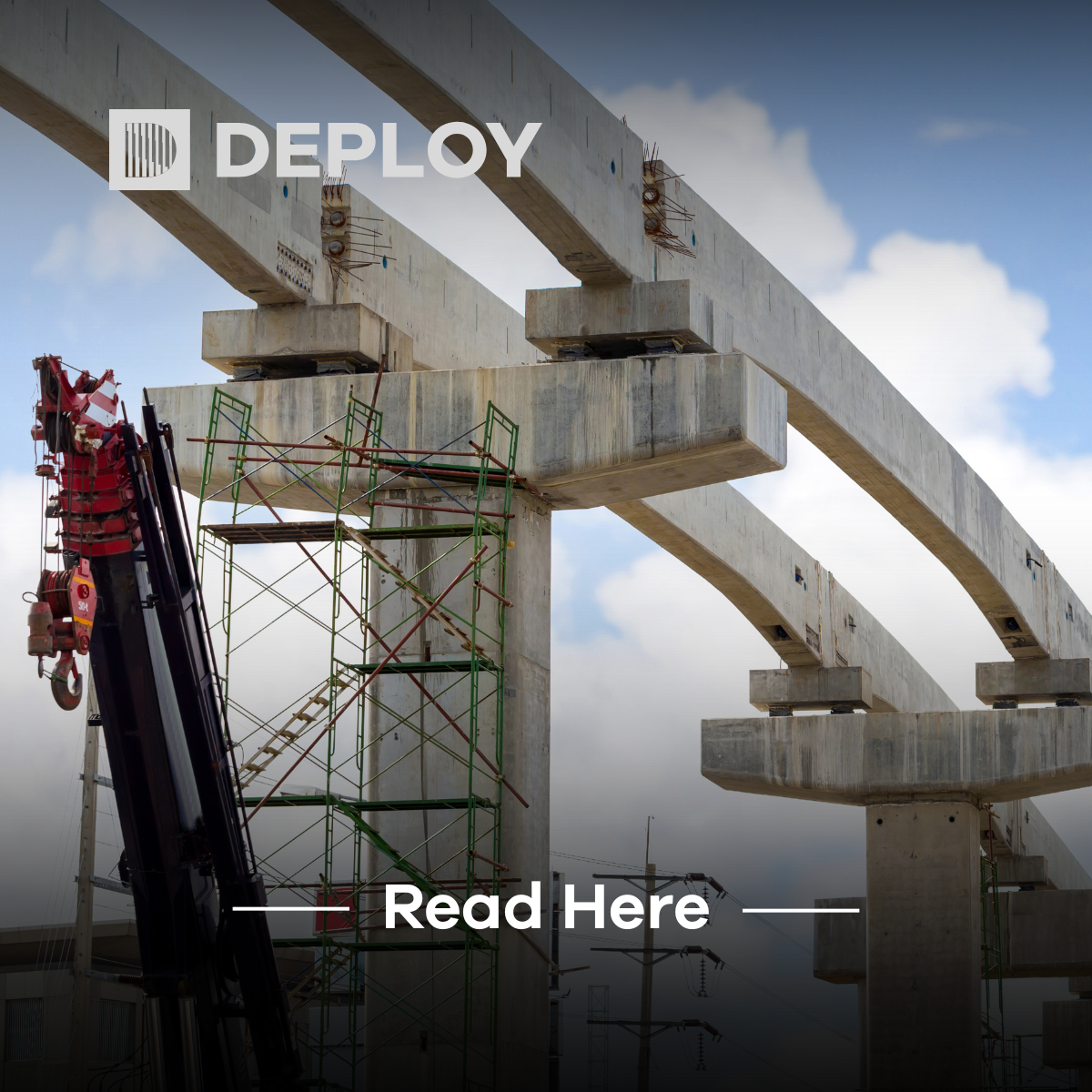Plan, supply and deliver,
safely.
Job Search
Our latest jobs
Register with Deploy Recruitment Group.
To register with Deploy you will need to click the ‘REGISTER’ button below which will take you to our registration page.

Hear What
Others Say
Deploy Feed
#Blogs
Our accreditations and memberships include:
ISO 9001:2015 | ISO 14001:2015 | ISO 45001:2018 | RISQS (Verified and Audited) | The Recruitment and Employment Confederation (REC) | Supply Chain Sustainability School (Gold) | Construction line (Gold) | Builders Profile | RoSPA | The 5% Club | CIRAS | The Lighthouse Club Charity | The Recruitment Network (TRN) | Southern Shield






